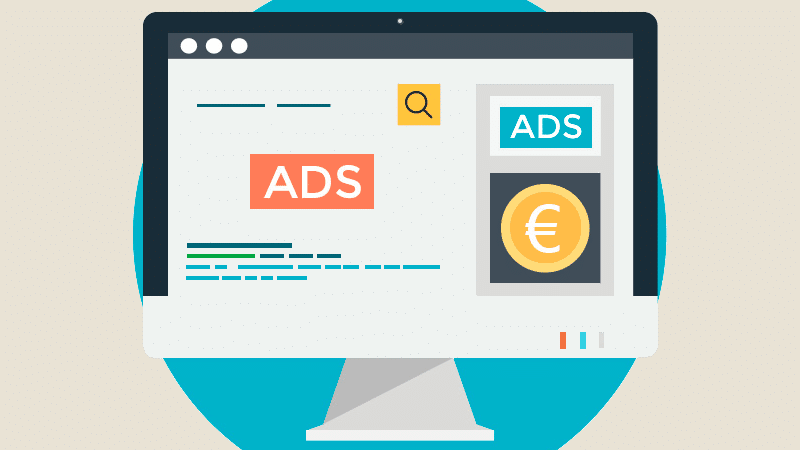Website Design with Source Code: Why It’s Crucial for Your Digital Presence

Introduction
In the ever-evolving digital landscape, having a visually appealing website is only one part of the equation. The backbone of every great website is its source code—the invisible infrastructure that powers everything users see and interact with. But what exactly is website design with source code, and why is it important for businesses and developers? In this article, we’ll explore the role of source code in web design, how it influences SEO and functionality, and why your website’s source code should be as carefully crafted as its design.
What is Website Design with Source Code?
Website design with source code refers to the combination of front-end design (what users see) and back-end code (the underlying instructions that make the site work). The source code is written in programming languages such as HTML, CSS, JavaScript, and more. It’s the blueprint that allows your design elements—like navigation menus, buttons, images, and forms—to function properly.
Unlike visual design, which focuses on aesthetics, source code governs the functionality, interactivity, and speed of your website. Together, the design and the source code create a seamless user experience.
Why is Source Code Important for Web Design?
- SEO-Friendly Design
A well-structured website with clean, optimised source code can improve SEO (Search Engine Optimisation). Search engines like Google assess the source code of websites to determine factors like page load time, mobile responsiveness, and keyword relevance. If your source code is cluttered, full of errors, or lacks essential SEO elements (like meta tags and structured data), it can negatively impact your site’s ranking in search results. - Website Speed and Performance
Source code plays a pivotal role in the speed and performance of a website. Optimised code reduces the amount of data that needs to be loaded by browsers, which directly affects load times. A slow website not only frustrates visitors but also hurts SEO rankings. Properly compressed images, efficient coding practices, and leveraging caching mechanisms in the source code can improve your website’s speed. - Responsive Web Design
Responsive web design ensures that your site looks great and functions well across all devices, from desktops to mobile phones. This requires writing source code that adapts to different screen sizes. A website with poor code may look great on a desktop but break on mobile devices, leading to a poor user experience and loss of traffic. - Security and Functionality
The security of your website depends heavily on the source code. Vulnerabilities in the code can leave your site open to attacks such as hacking, data breaches, and malware. A clean, secure source code ensures your website operates safely and smoothly, protecting both your business and your customers. - Future Scalability
Well-organised and modular source code enables developers to make updates and additions with ease. This is crucial for businesses that plan to scale their websites as they grow. If your source code is messy and hard to follow, future updates may be difficult or expensive to implement.
Key Elements of Website Design with Source Code
- HTML (Hypertext Markup Language)
HTML provides the structure of the website. It defines elements like headings, paragraphs, images, and links. Proper HTML structure is essential for accessibility and SEO, ensuring search engines can read and index your content. - CSS (Cascading Style Sheets)
CSS controls the visual presentation of the website. It dictates how elements such as fonts, colors, and layouts appear on the screen. Clean and well-organised CSS allows your website to look professional and consistent across different devices and browsers. - JavaScript
JavaScript adds interactivity to your website. From animated menus to interactive forms, it enables dynamic content. While JavaScript improves user engagement, poor coding practices can lead to slow load times and broken features. - Backend Technologies (PHP, Python, Ruby, etc.)
While front-end code controls the user interface, back-end code handles data storage, processing, and server communication. Whether you're running a blog, e-commerce store, or a custom web application, the back-end ensures everything works smoothly behind the scenes.
How to Ensure Your Website Design is Powered by Clean Source Code
- Use Clean and Semantic Code
Avoid bloated code. Use proper HTML tags (like<header>,<nav>,<footer>) to structure your content logically. This improves accessibility for users and SEO crawlers. - Optimise for Speed
Minimise the use of large images and optimise them with compression tools. Implement lazy loading to delay the loading of images until they are needed. Write JavaScript in a way that reduces blocking elements during page load. - Test and Validate Code Regularly
Always test your code to ensure there are no errors or broken features. Use validation tools like W3C HTML Validator and Google’s PageSpeed Insights to check for issues and performance bottlenecks. - Make It Mobile-Friendly
Mobile-friendliness is a major ranking factor for search engines. Write responsive code to ensure that your website adapts seamlessly to different screen sizes. Tools like Bootstrap and Flexbox can help you achieve a fluid layout that works across all devices.
How Codezela Technologies Incorporates Source Code in Web Design
At Codezela Technologies, we emphasise the importance of creating websites with high-quality, optimised source code. Our team ensures that each project is built with SEO in mind, prioritising clean code for speed, security, and functionality. We understand that good design isn’t just about looks; it’s about creating an experience that works for the user and ranks well in search engines.
We provide custom website solutions, where the source code is tailored to meet your specific business goals, whether you need a simple landing page or a full-fledged e-commerce platform. Our goal is to create a seamless integration of design and code that enhances both your user experience and your digital marketing efforts.
Conclusion
Website design with source code is not just a technicality—it's a crucial factor in the success of your digital presence. The source code is the engine that drives functionality, SEO, speed, and user experience. By investing in quality web design with clean, optimised source code, you’re laying a solid foundation for both your website’s performance and your business growth.
Make sure your website is designed with both aesthetic appeal and high-quality, functional code to ensure it stands out in today’s competitive online landscape.




